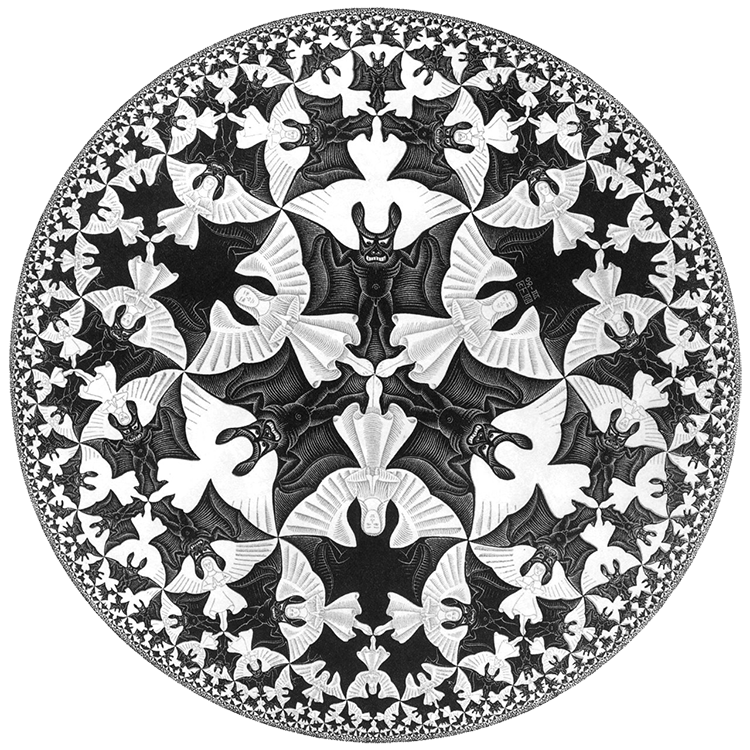A well-known link between Conway’s Big Picture and non-commutative geometry is given by the Bost-Connes system.
This quantum statistical mechanical system encodes the arithmetic properties of cyclotomic extensions of $\mathbb{Q}$.
The corresponding Bost-Connes algebra encodes the action by the power-maps on the roots of unity.
It has generators $e_n$ and $e_n^*$ for every natural number $n$ and additional generators $e(\frac{g}{h})$ for every element in the additive group $\mathbb{Q}/\mathbb{Z}$ (which is of course isomorphic to the multiplicative group of roots of unity).
The defining equations are
\[
\begin{cases}
e_n.e(\frac{g}{h}).e_n^* = \rho_n(e(\frac{g}{h})) \\
e_n^*.e(\frac{g}{h}) = \Psi^n(e(\frac{g}{h}).e_n^* \\
e(\frac{g}{h}).e_n = e_n.\Psi^n(e(\frac{g}{h})) \\
e_n.e_m=e_{nm} \\
e_n^*.e_m^* = e_{nm}^* \\
e_n.e_m^* = e_m^*.e_n~\quad~\text{if $(m,n)=1$}
\end{cases}
\]
Here $\Psi^n$ are the power-maps, that is $\Psi^n(e(\frac{g}{h})) = e(\frac{ng}{h}~mod~1)$, and the maps $\rho_n$ are given by
\[
\rho_n(e(\frac{g}{h})) = \sum e(\frac{i}{j}) \]
where the sum is taken over all $\frac{i}{j} \in \mathbb{Q}/\mathbb{Z}$ such that $n.\frac{i}{j}=\frac{g}{h}$.
Conway’s Big Picture has as its vertices the (equivalence classes of) lattices $M,\frac{g}{h}$ with $M \in \mathbb{Q}_+$ and $\frac{g}{h} \in \mathbb{Q}/\mathbb{Z}$.
The Bost-Connes algebra acts on the vector-space with basis the vertices of the Big Picture. The action is given by:
\[
\begin{cases}
e_n \ast \frac{c}{d},\frac{g}{h} = \frac{nc}{d},\rho^m(\frac{g}{h})~\quad~\text{with $m=(n,d)$} \\
e_n^* \ast \frac{c}{d},\frac{g}{h} = (n,c) \times \frac{c}{nd},\Psi^{\frac{n}{m}}(\frac{g}{h})~\quad~\text{with $m=(n,c)$} \\
e(\frac{a}{b}) \ast \frac{c}{d},\frac{g}{h} = \frac{c}{d},\Psi^c(\frac{a}{b}) \frac{g}{h}
\end{cases}
\]
This connection makes one wonder whether non-commutative geometry can shed a new light on monstrous moonshine?
This question is taken up by Jorge Plazas in his paper Non-commutative geometry of groups like $\Gamma_0(N)$

Plazas shows that the bigger Connes-Marcolli $GL_2$-system also acts on the Big Picture. An intriguing quote:
“Our interest in the $GL_2$-system comes from the fact that its thermodynamic properties encode the arithmetic theory of modular functions to an extend which makes it possible for us to capture aspects of moonshine theory.”
Looks like the right kind of paper to take along when I disappear next week for some time in the French mountains…




